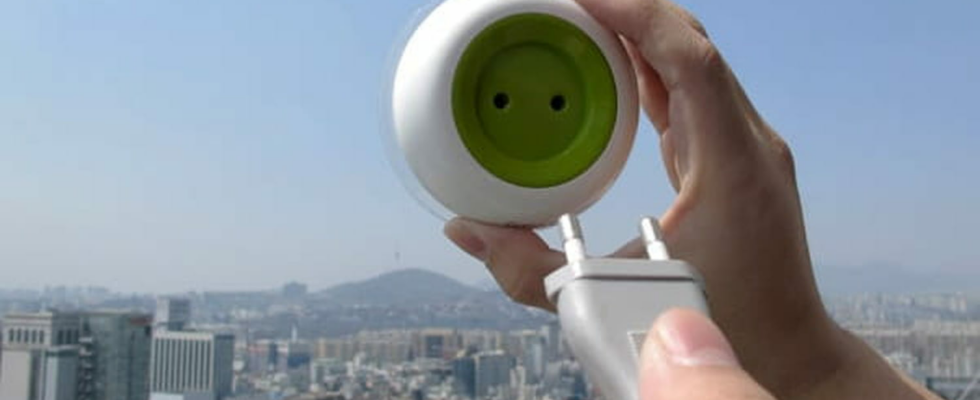Powering our objects and smartphones is becoming more and more expensive. Two former Samsung researchers had the idea of revolutionizing our old electrical outlet.
Our electricity bills have only skyrocketed in recent years. Connecting our devices is becoming more and more expensive, and this is why more and more researchers and professionals are looking into new solutions. A few years ago, two former graduates of a Samsung institute invented a funny socket capable of supplying a multitude of devices with electricity for free.
This concept, called “Window Socket” (which could be translated as “window socket”), is the work of Kyuho Song and Boa Oh. Two young Korean engineers who had the idea of mixing solar panel technology with that of our power outlets. If we are able to produce energy using large panels, why not transfer that energy directly to a power outlet?
The “Window Socket” works very simply: it is a power outlet connected to a small solar panel. The latter is surrounded by a membrane that can be hung on a flat surface such as a window. The panel will then capture the energy emitted by the sun and transmit it to the socket. You will only have to plug your devices into it to make them work.
The product instructions indicate that it can easily be placed anywhere sunlight can be captured and then converted into electrical energy. Better: once the “Window Socket” is charged, it is possible to remove it from its surface and walk around with it as if it were an external battery!
One of the advantages of the “Window Socket” is that it is small. So you have a plug wherever you go as long as it’s charged. The other good side is that this energy is completely free since it does not depend on any supplier except the sun itself. Enough to save some money each month!
The biggest downside of this invention is its capacity which is only 1000 mAh. At a time when our phone batteries oscillate between 3000 and 5000 mAh, this only represents 20 to 30% of their capacity. Not enough to fill up completely. This is particularly why this innovation is still at the prototype stage and its inventors are still working on the subject to improve it with a view to a potential version addressed to the general public. However, we will certainly have to wait a little since the first prototype was presented more than 7 years ago today.

